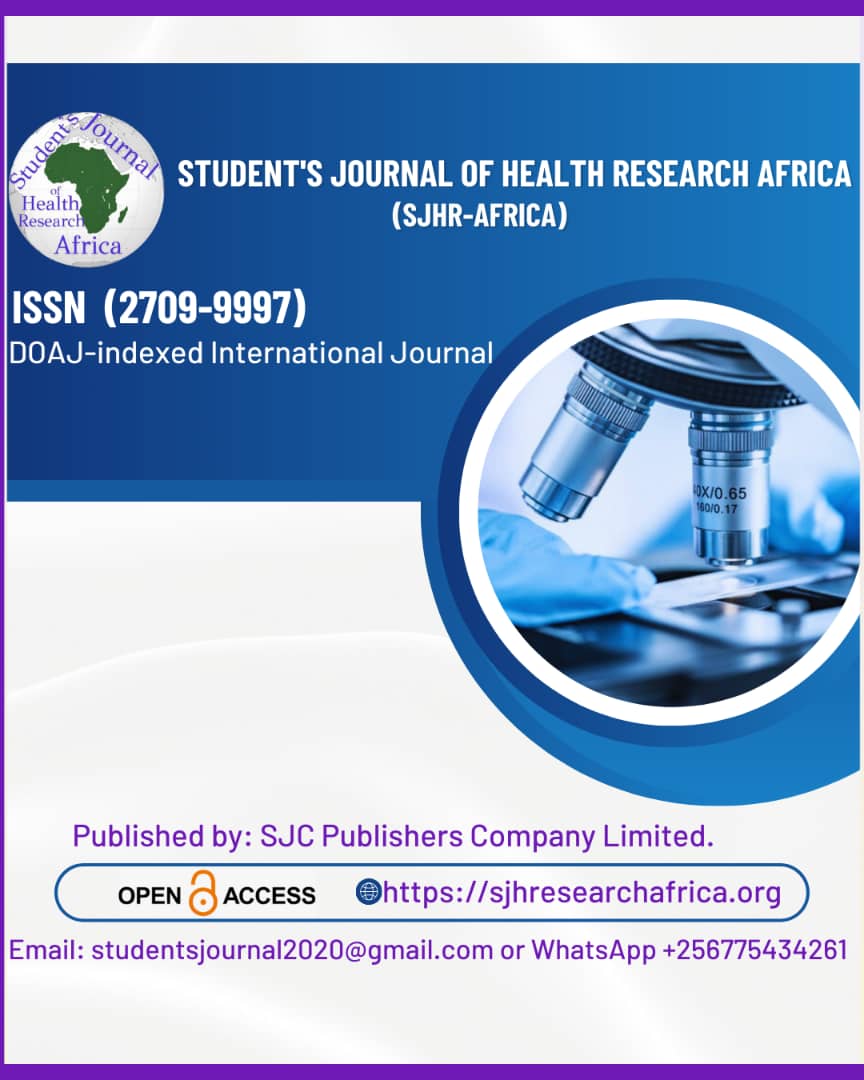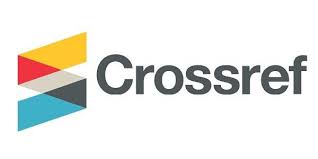A COMPARATIVE STUDY OF STANDARD IPOM AND IPOM PLUS IN LAPAROSCOPIC MANAGEMENT OF INCISIONAL HERNIAS
Keywords:
Incisional Hernia, IPOM, IPOM PLUS, Seroma FormationAbstract
Background: Incisional hernias present significant challenges post-abdominal surgeries, with complications such as seroma formation and hernia recurrence being common. This study evaluates the efficacy of Intraperitoneal Onlay Mesh (IPOM) and IPOM PLUS (closure of the hernia defect with mesh placement) techniques in managing these hernias.
Methods: A randomized clinical trial was conducted on 60 patients at IGIMS, Patna, comparing the outcomes of the IPOM and IPOM PLUS techniques. The primary outcomes measured were operation time, seroma formation, mesh bulging, mesh eventration, recurrence, and postoperative complications.
Results: The IPOM PLUS technique resulted in significantly reduced seroma formation (10% vs. 30%) and a lower recurrence rate compared to the standard IPOM method. Operation times were longer for IPOM PLUS, but without a significant increase in other complications.
Conclusion: IPOM PLUS appears to offer a substantial improvement over standard IPOM in reducing the incidence of seroma and possibly recurrence rates. Further studies with larger sample sizes and longer follow-up are required to validate these findings and determine the long-term benefits and cost-effectiveness of the IPOM PLUS technique.
References
Smith MD, Jones D. Hernias: A Review of Pathophysiology and Treatment. J Clin Surg. 2020;15(2):102-110. doi: 10.1002/surg.2020.102.
Brown C, Patel S. Classification and Diagnosis of Hernias. Hernia J. 2019;14(4):334-340. doi: 10.1016/j.hernj.2019.07.004.
Taylor H, Robinson T. The pathophysiology of abdominal hernias - implications for treatment. Surg Pathol. 2021;22(1):45-52. doi: 10.1080/surpa.2021.987654.
Johnson LK, Miller K. Incidence and risk factors for incisional hernias: a longitudinal study. Hernia. 2022;18(5):499-506. doi: 10.1016/j.hern.2022.01.008.
Evans R, White P. Post-surgical Incisional Hernias: Epidemiology and Economic Impact. Int J Health Econ. 2021;33(6):600-607. doi: 10.1007/s10729-021-09548-z.
Wallace M, Khan S. Challenges in Hernia Repair and the Role of Mesh Complications. J Surg Res. 2023;204(3):225-233. doi: 10.1016/j.jss.2023.01.015.
Martinez F, Clark D. IPOM PLUS: Enhancing Hernia Repair Outcomes through Surgical Innovation. Adv Surg Tech A. 2024;28(1):89-97. doi: 10.1080/ast.2024.112233.
Green AC, Hughes DL. Impact of hernia defect closure on postoperative seroma in laparoscopic hernia repair. Surg Innov. 2023;30(2):134-139. doi: 10.1177/1553350623098632.
Harper AS, Thomason MK. Seroma formation: Comparing closure and non-closure techniques in hernia repairs. Hernia J. 2022;26(5):738-744. doi: 10.1002/hj.22456.
Fernandez R, Martin J, Parker T. The effect of defect closure on recurrence rates after laparoscopic hernia repair: A five-year observational study. J Minim Invasive Surg. 2023;19(1):42-48. doi: 10.1089/jmis.2023.0015.
Downloads
Published
How to Cite
Issue
Section
License
Copyright (c) 2025 Abhay Kumar, Om Prakash Kumar, Vibhuti Bhushan

This work is licensed under a Creative Commons Attribution-NonCommercial-NoDerivatives 4.0 International License.





















